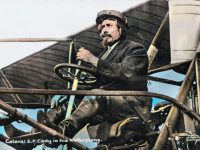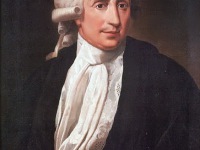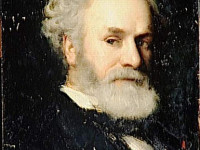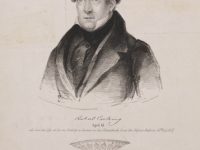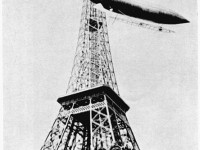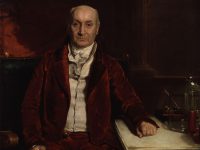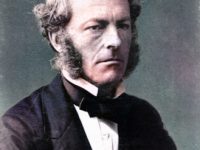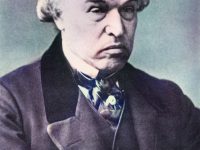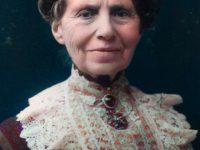Wildwest Showman Samuel Cody and the First Flight in England
On October 16, 1908, US Wild West showman and early pioneer of manned flight Samuel Cody succeeded with the first officially recorded powered flight in England with a length of 420 metres. Samuel Cody – A Wildwest Showman Samuel Cody was born Samuel Franklin Cowdery in 1867 in Davenport, Iowa, USA and attended school until he was probably 12. Not much is known about the early life of Cody, but he later…
Read more

